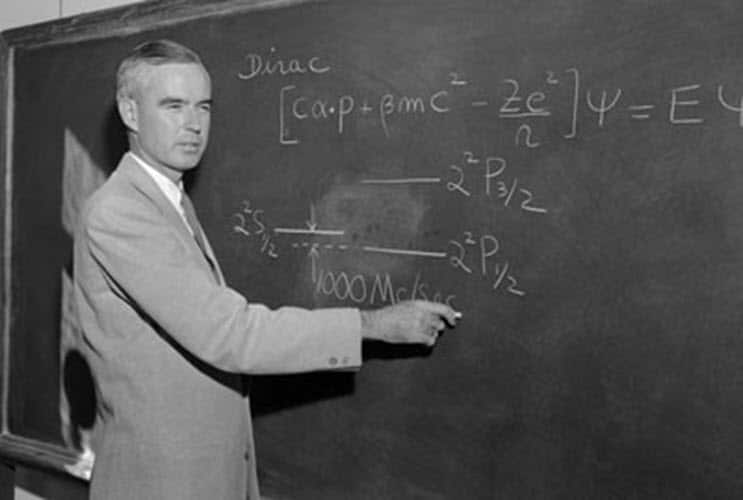Willis Lamb (12 July 1913 – 15 May 2008) was an esteemed American physicist who made significant contributions to the field of quantum mechanics.
Life and Career
He was born on 12 July 1913, in Los Angeles, California, United States. He completed his undergraduate studies at the University of California, Berkeley, where he earned a Bachelor of Science degree in chemistry in 1934. He then went on to pursue a Ph.D. in physics from the University of California, Berkeley, which he obtained in 1938.
Following his doctoral studies, Lamb began his academic career at Columbia University in New York. He worked as a research associate and assistant professor, focusing on nuclear physics. During World War II, he contributed to the Manhattan Project, the U.S. government’s top-secret research project aimed at developing atomic weapons.
Lamb’s most notable work came during the late 1940s when he conducted groundbreaking experiments on the fine structure of atomic spectra. In collaboration with Robert Retherford, he discovered a small but significant deviation from the predictions of quantum electrodynamics known as the Lamb shift. This discovery challenged prevailing theories and opened new avenues for research in quantum electrodynamics.
He continued to make important contributions to the field of physics. He conducted research in quantum optics and quantum electronics, exploring topics such as laser physics and quantum coherence. Lamb’s later work focused on understanding the fundamental properties of light and the behavior of photons.
He died on 15 May 2008, in Tucson, Arizona, United States.
Award and Legacy
Willis Lamb was awarded the Nobel Prize in Physics in 1955. He shared the prize with Polykarp Kusch, who independently made similar measurements of the Lamb shift.
His research on the Lamb shift and his subsequent contributions to the field of quantum mechanics have had a profound impact on the understanding of atomic physics. Lamb’s discoveries and insights continue to be fundamental to the study of quantum electrodynamics and quantum optics.

